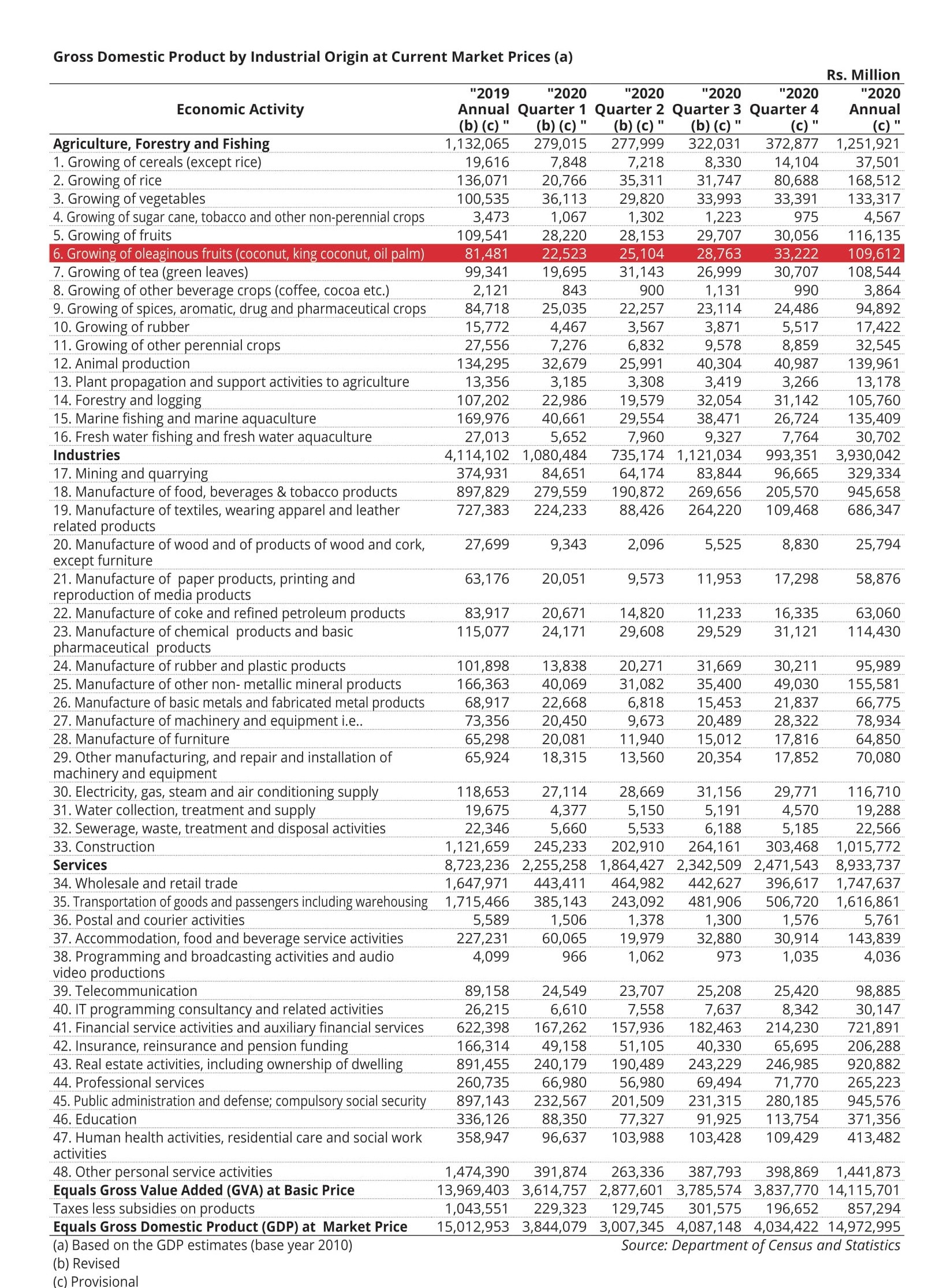- Dollar Earning Strategy
- Ministry of National Security
- Ministry of Finance and Planning
- Ministry of Education
- Ministry of Higher Education
- Ministry of Technical, Vocational Education and Training (TVET)
- Ministry of Social Development
- Ministry of Regional Development
- Ministry of Justice and Prison Reforms
- Ministry of Agriculture and Agro-Based Industry
- Ministry of Environment and Natural Resources
- Ministry of Health
- Ministry of Investment Promotion and Job Creation
- Ministry of Foreign Affairs
- Ministry of Information and Communication Technology
- Ministry of Transport
- Ministry of Ports and Shipping
- Ministry of Power and Energy
- Ministry of Tourism
- Ministry of Youth and Sports
- Ministry of Religious Affairs and Interfaith Harmony
- Ministry of Arts and Culture
- Ministry of Fisheries
- Ministry of Civil Aviation
- Coconut Development Action Plan

